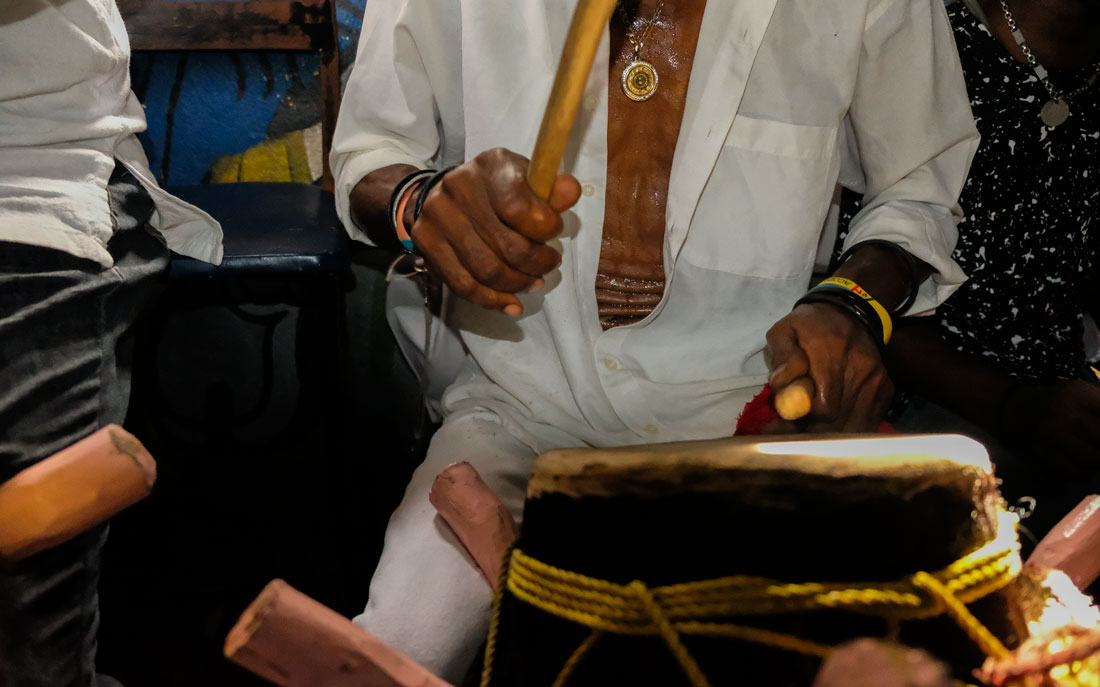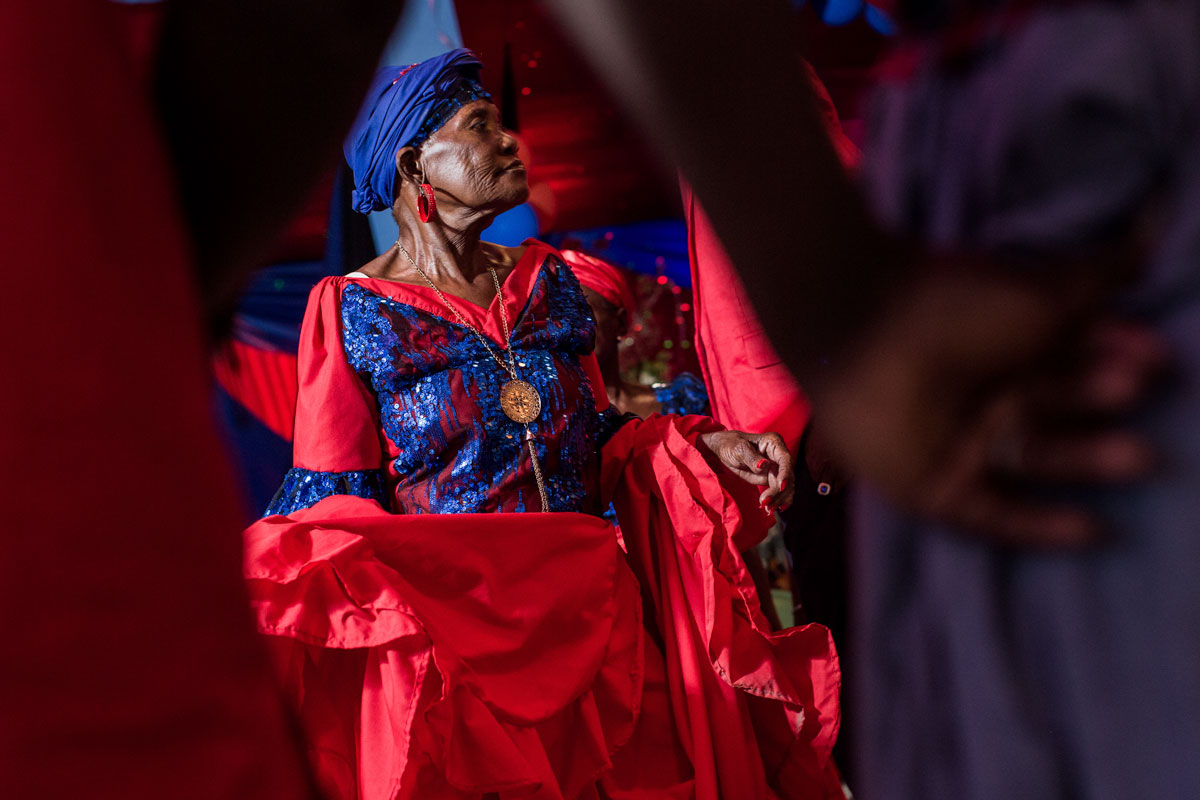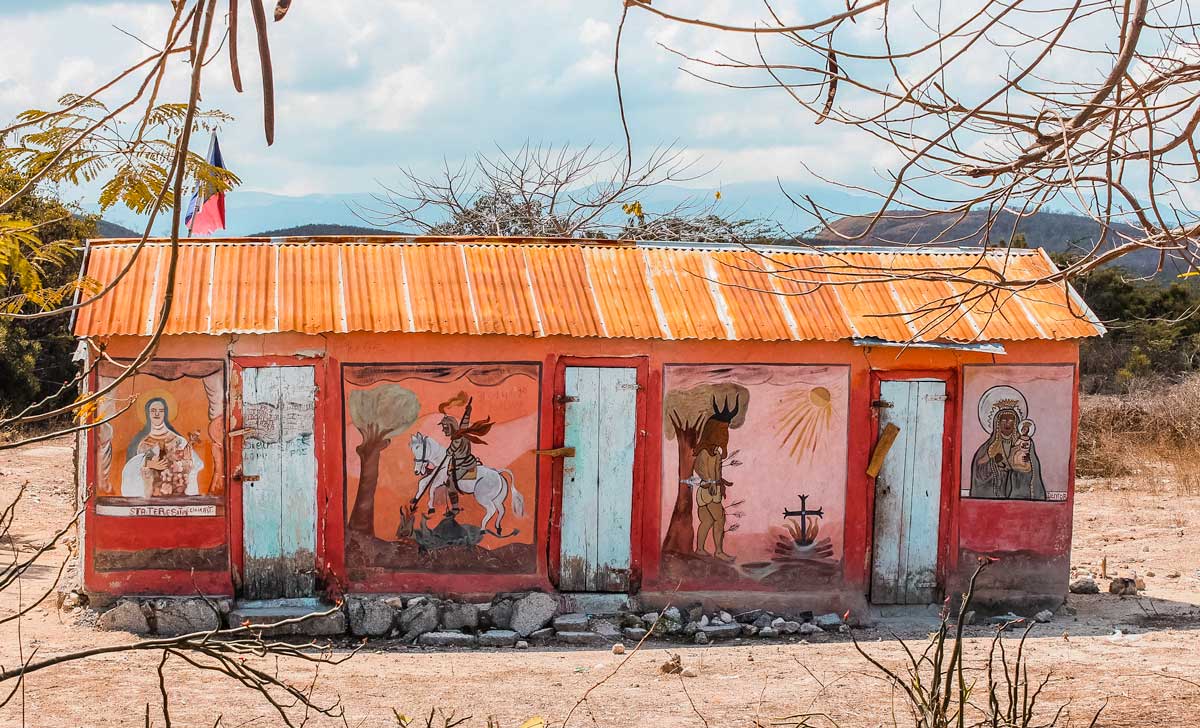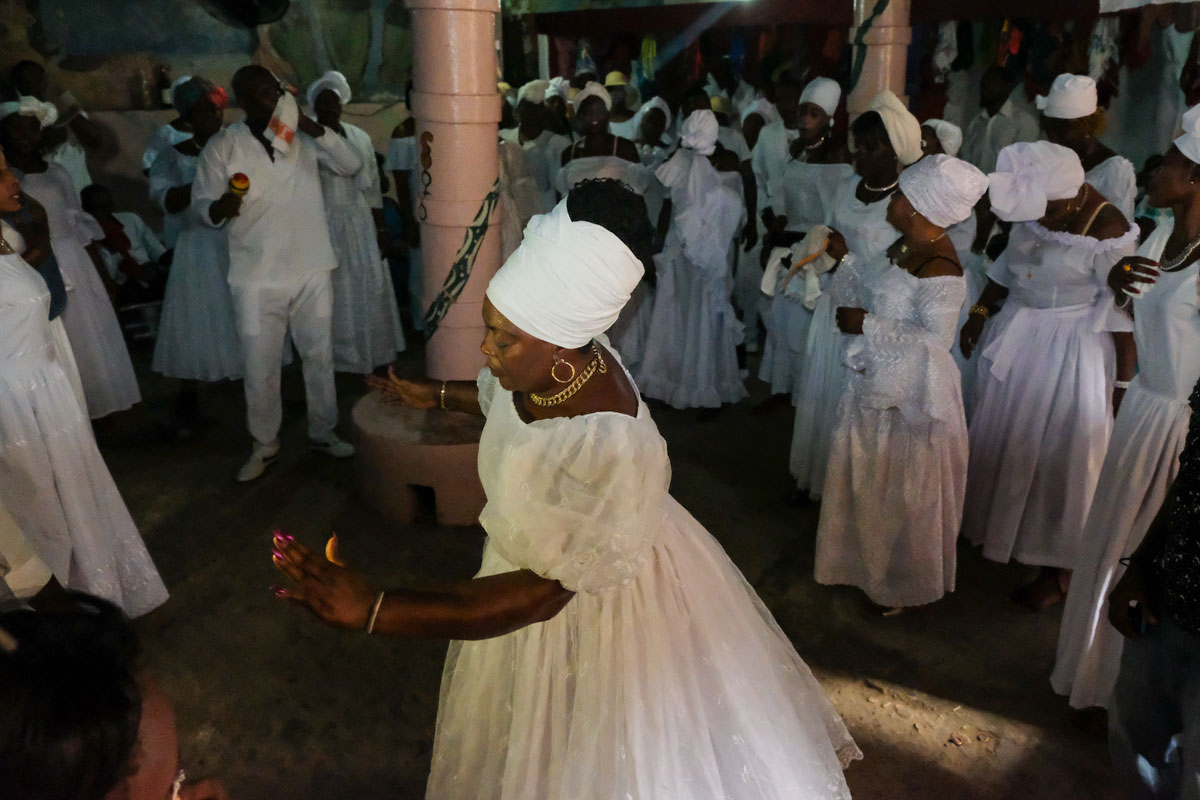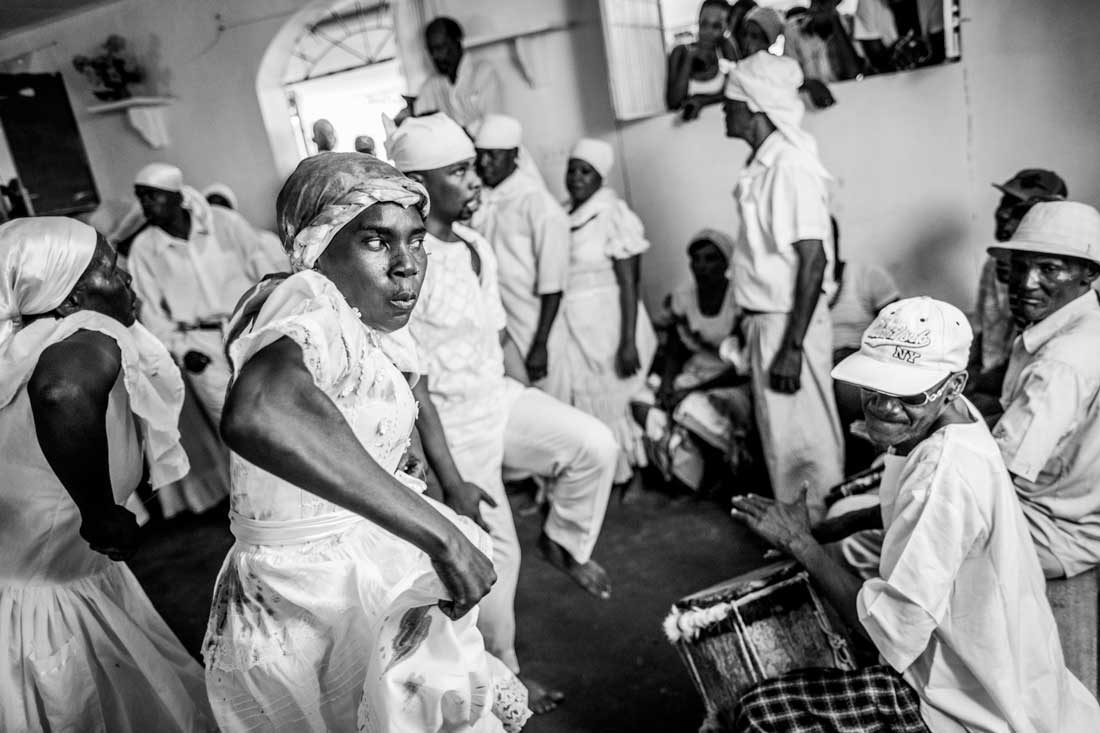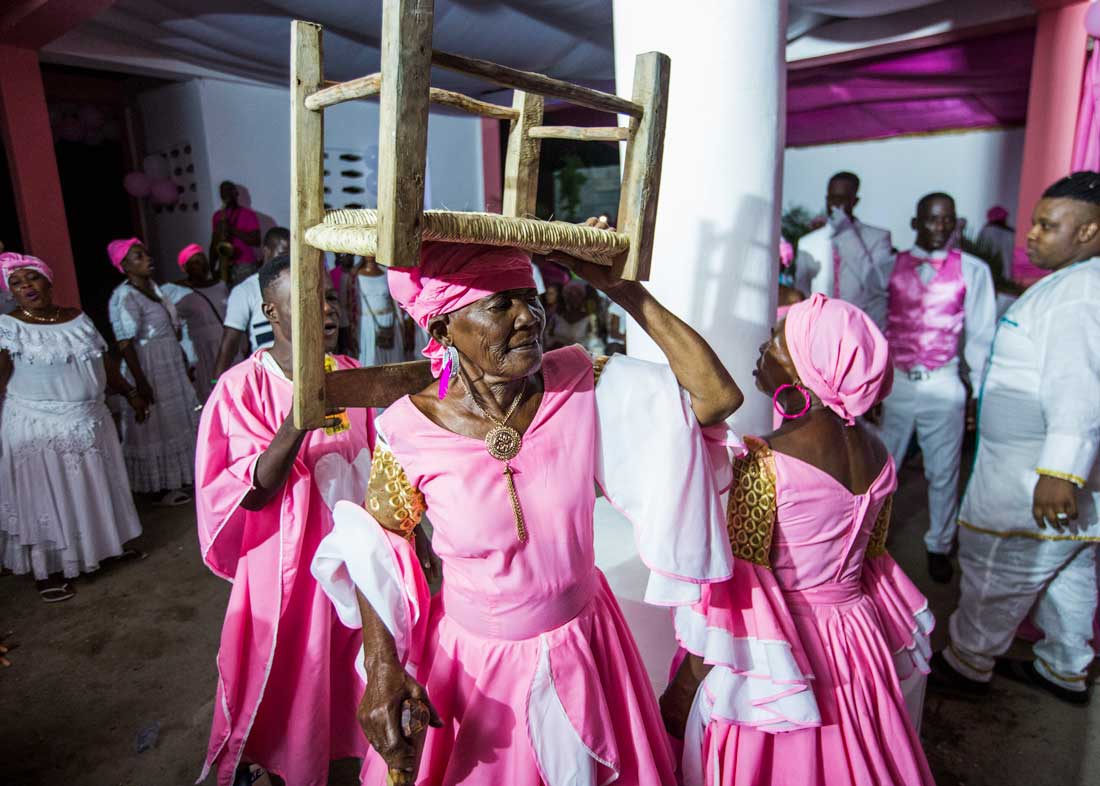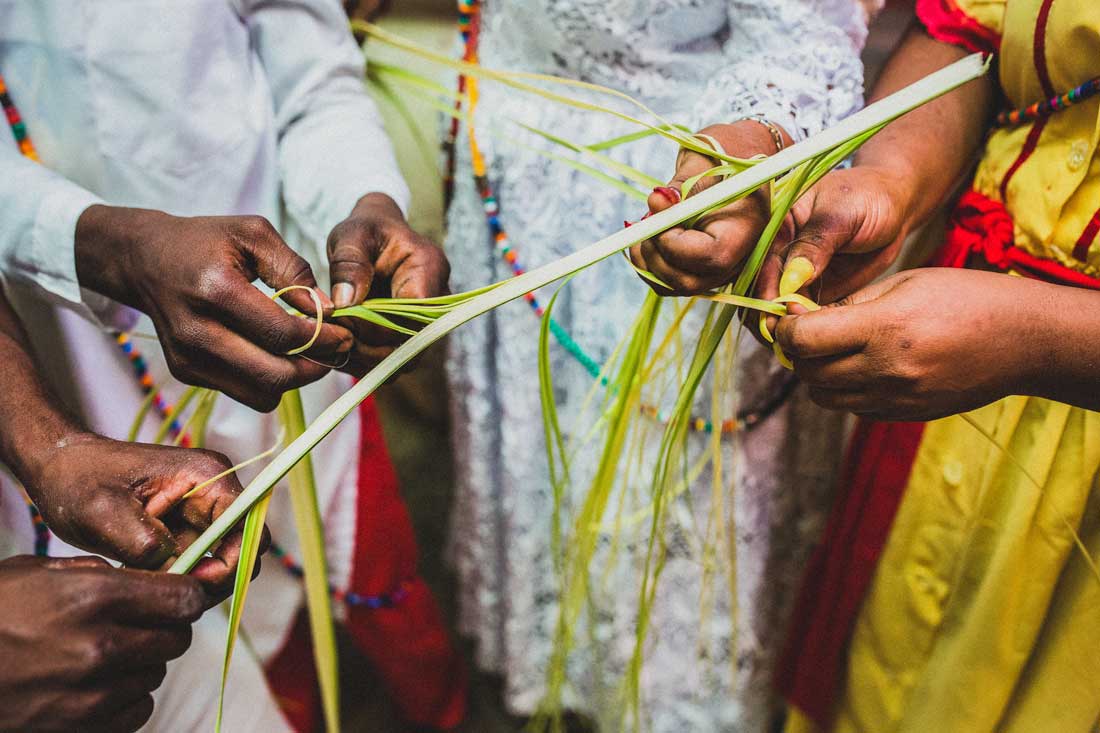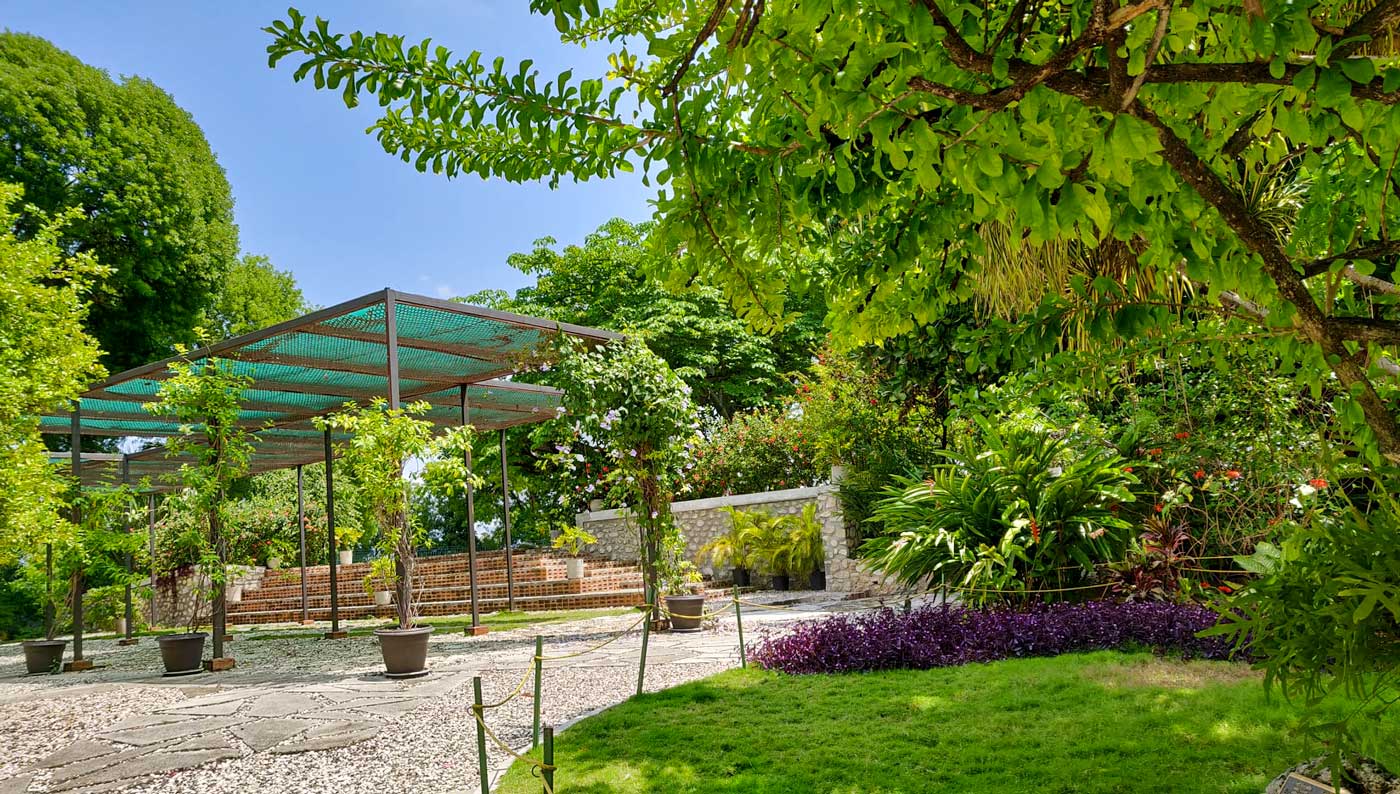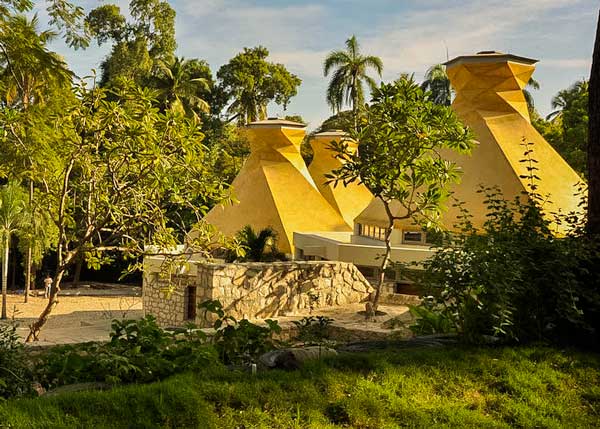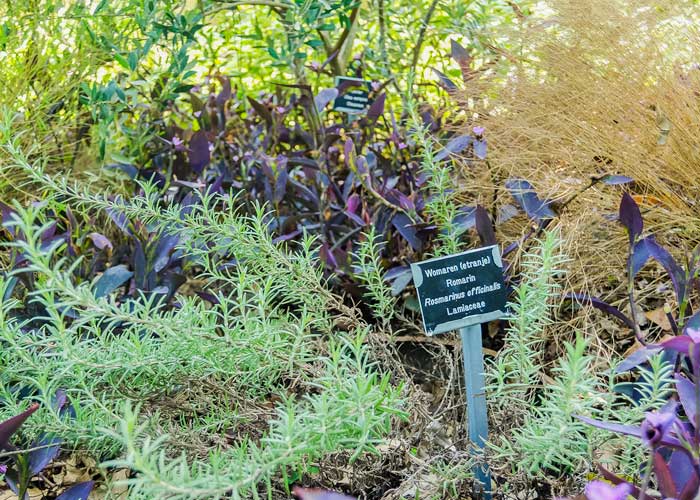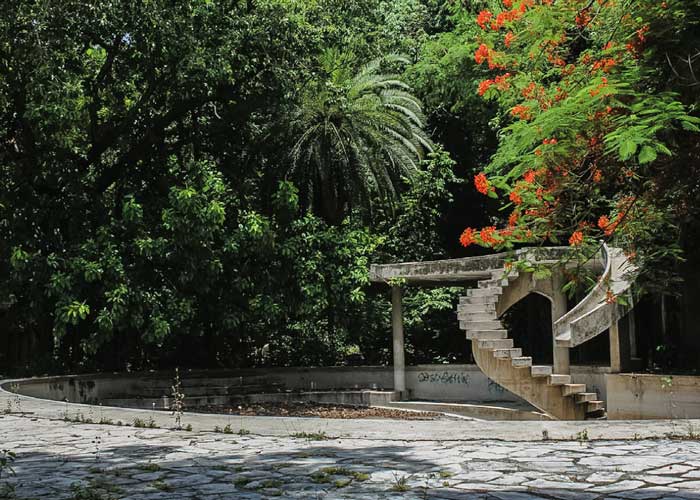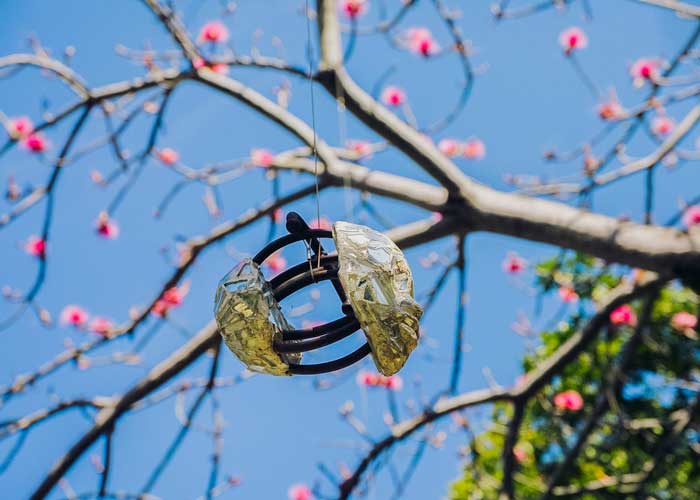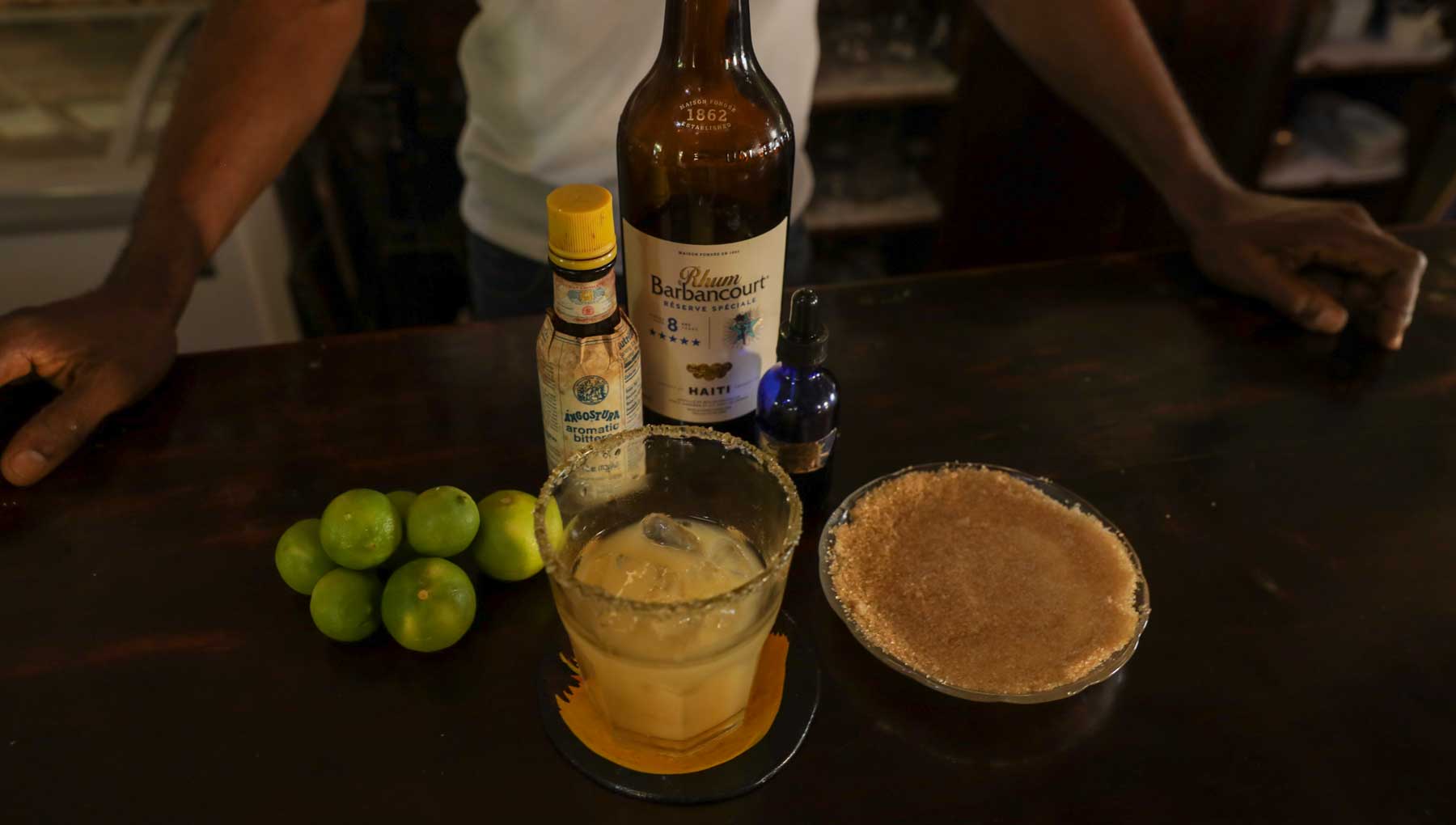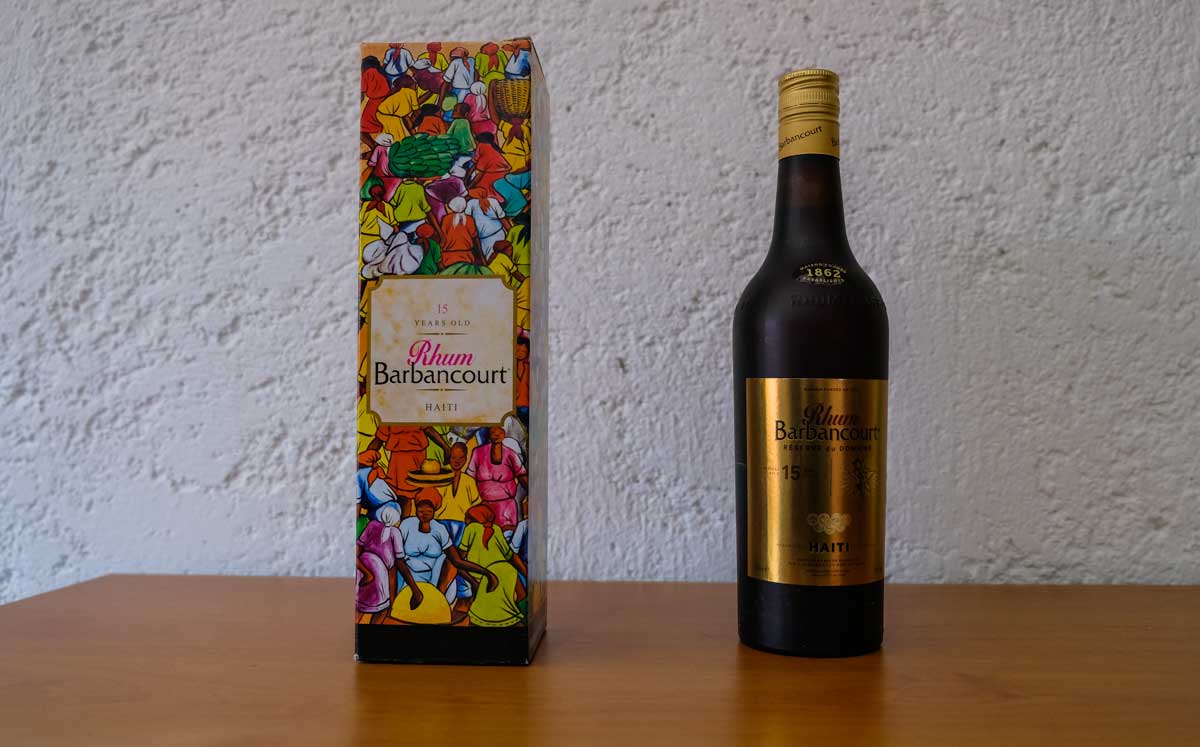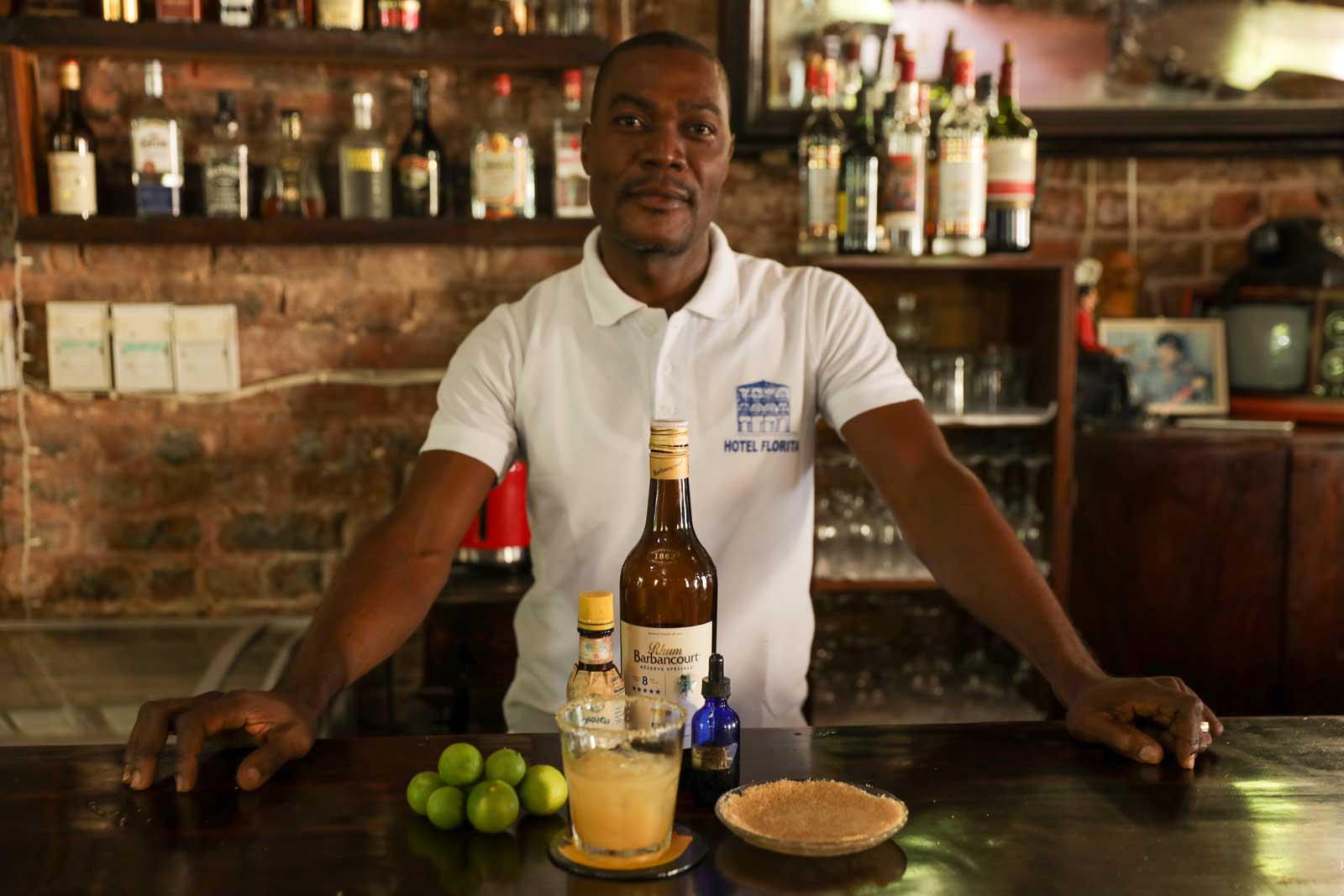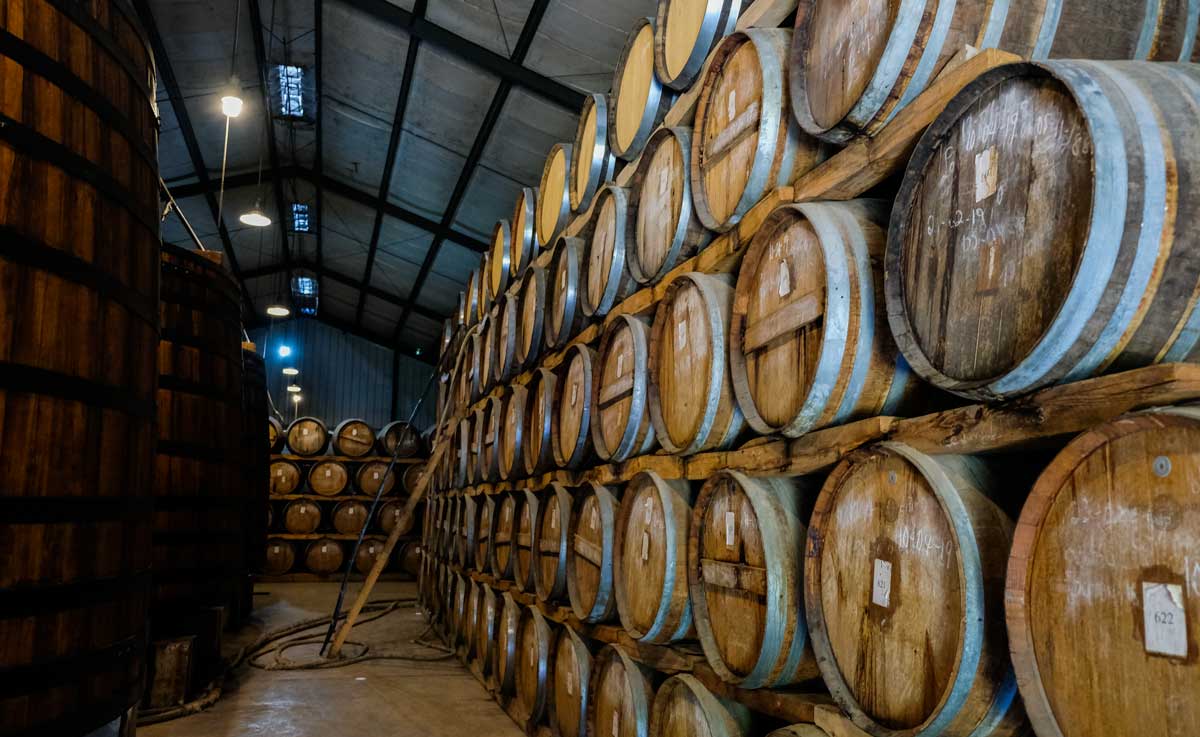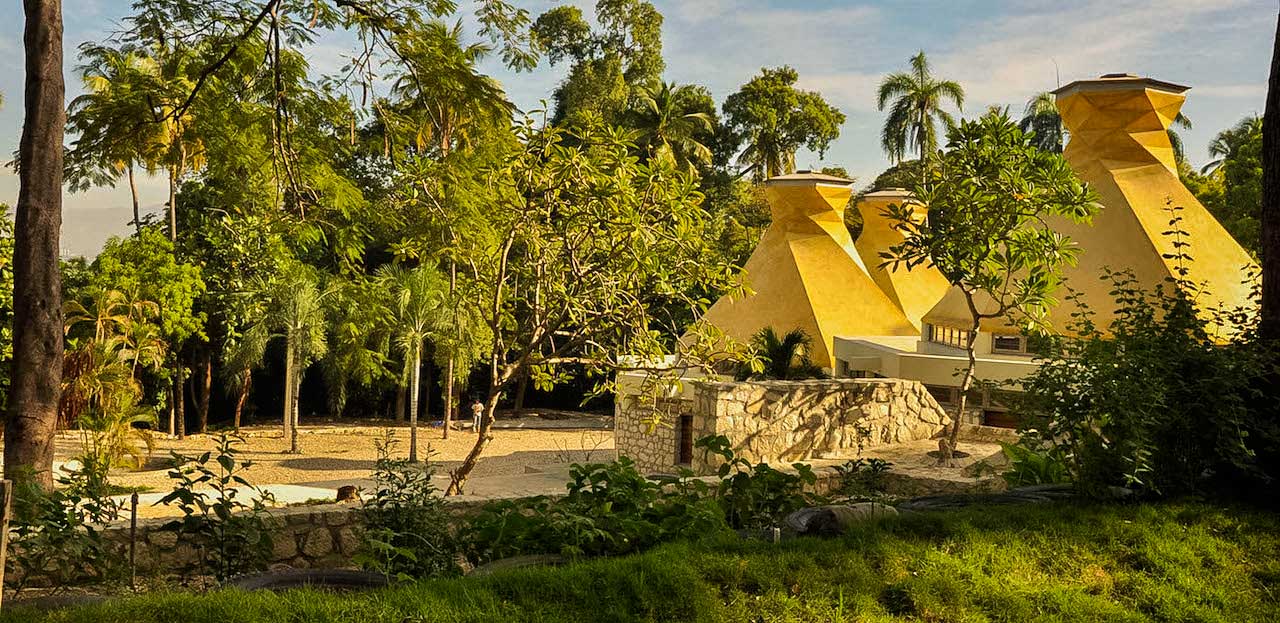
Photo: Frank Fontain
How to Ride a Moto Taxi in Haiti Like a Local
Need a taxi? You won’t find big yellow cabs in Haiti but there will be one – or seven – “motos” ready to help you get around. Here’s how to spot one, flag one down, negotiate a fare and travel like a pro.
If you’ve spent any time in Haitian cities like Les Cayes, Jacmel, or Cap-Haïtien, you’ve probably noticed one thing—moto taxis are everywhere. Whether zipping through city streets, cruising to Haiti’s breathtaking waterfalls, or navigating the chaos of market day, motos are the lifeblood of transportation in Haiti.
They’re fast, cheap, and available on every corner, making them the go-to choice for locals and travelers alike. But if it’s your first time hopping on the back of a moto, there are a few things you need to know. From spotting a moto taxi to negotiating fares and avoiding rookie mistakes (like burning your leg on the muffler—ouch!), we’ve got you covered.
Ready to ride? Here’s everything you need to know before you flag down your first moto in Haiti.
What is a Moto?
The moto—short for motorcycle taxi—is the fastest, most convenient form of public transportation in Haiti. Unlike Tap-Taps, the brightly painted shared minibuses that follow fixed routes, motos take you exactly where you need to go—fast.
Think you need a Tap-Tap because a moto won’t handle your luggage? Think again. Motos in Haiti carry everything: 50-gallon drums, livestock, shelving units, solar panels, a family of five, construction materials—even another moto. It’s unlikely you’ll carry more than any moto in Haiti can handle.
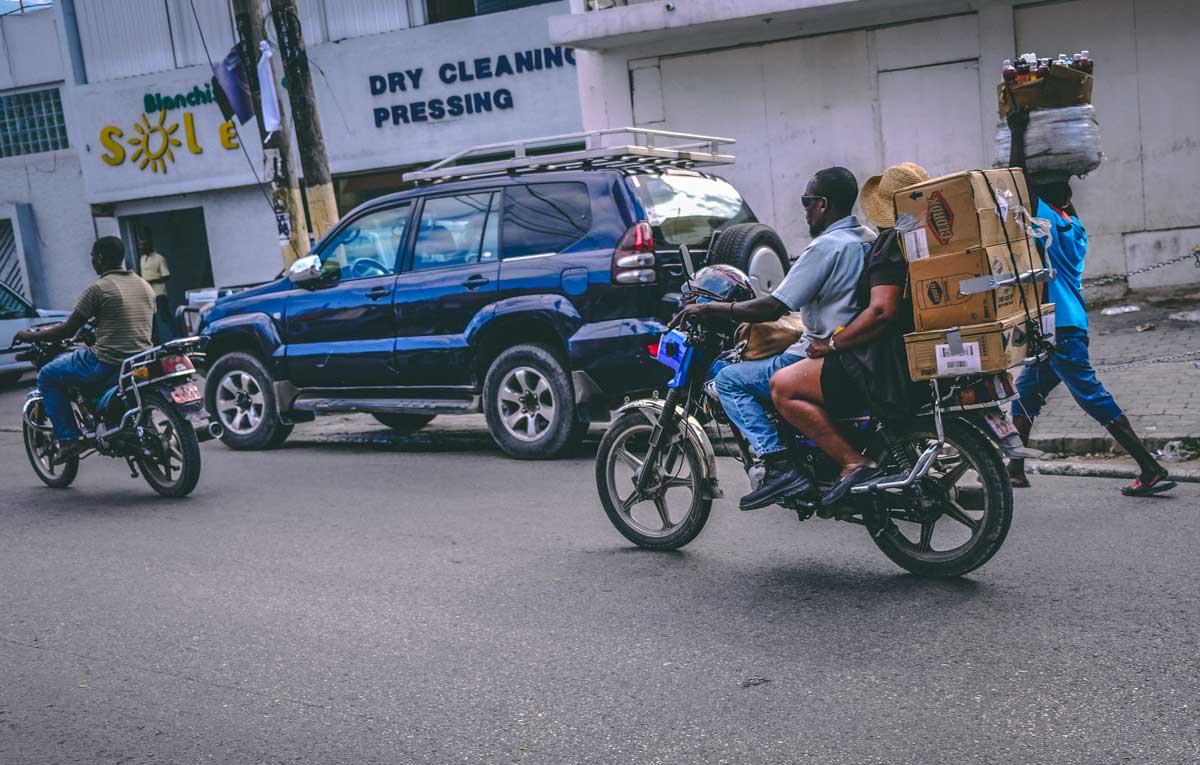
Photo: Frank Fontain
How to Spot a Moto Taxi
How can you tell which motorcycles are moto taxis? Short answer: You can’t. Not at first. There’s no official sign, no special color, no uniform to set them apart. But if you know what to look for, you won’t have to wave down every motorcycle that passes.
Here’s what gives them away:
- Moto taxi drivers are looking for you. Unlike regular riders who keep their eyes on the road, moto taxi drivers scan the sidewalks for potential passengers.
- They travel light. A moto taxi driver won’t have a backpack, tools, or grocery bags strapped to their bike.
- They wear shoes. Not flip-flops. The good ones also wear glasses and a hat.
- They stop when you wave. The easiest way to know? Wave at them. If they slow down, you’ve got your ride. If they keep going, they weren’t a taxi.
- They don’t wear uniforms. In Haiti, uniforms are for school or work—if you see a rider in one, they’re probably not a taxi driver.
One thing you won’t see? A helmet for passengers. Unlike in Cuba or the Dominican Republic, Haitian moto drivers almost never carry an extra helmet—so get ready for a wind-in-your-hair experience.
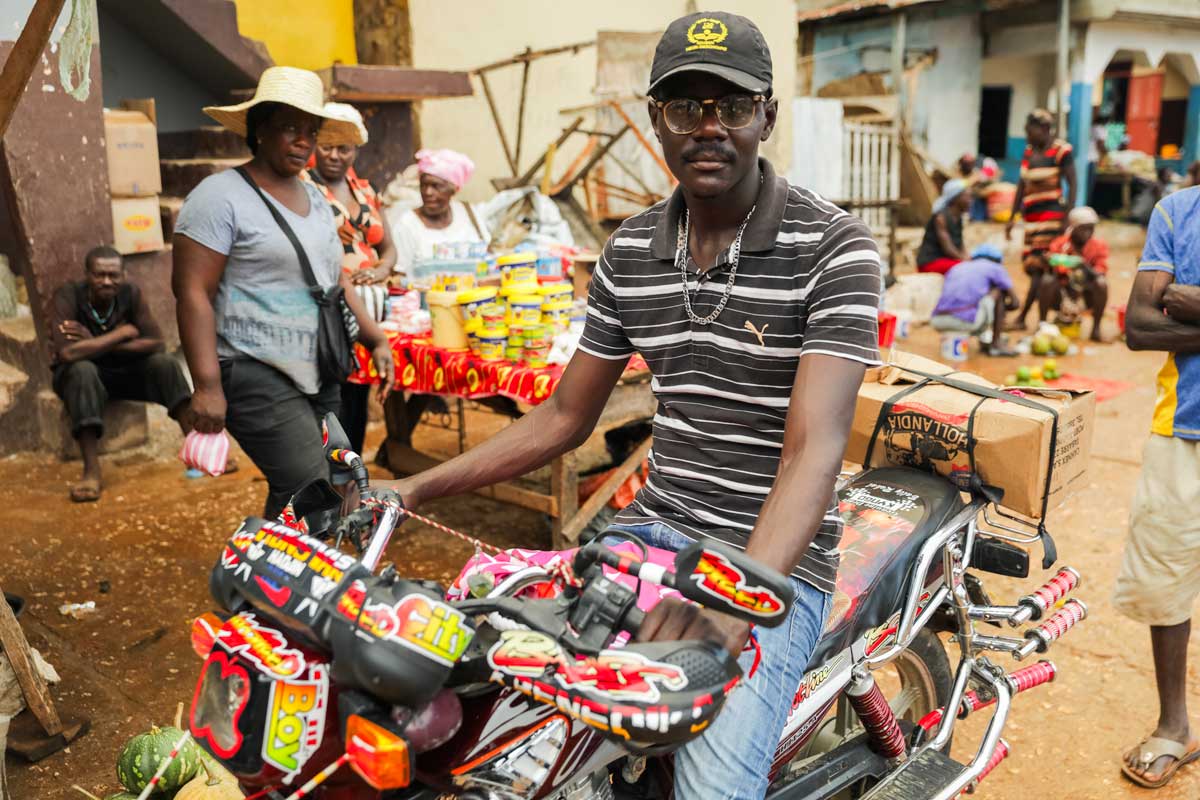
Photo: Mikkel Ulriksen
How to Flag a Moto and Negotiate a Fare
Waving down a moto is as simple as a quick hand gesture—if the driver is available, he’ll pull over.
Before you hop on, talk money. Always negotiate the fare upfront to avoid surprises. And here’s a crucial tip: be very clear about which currency you’re discussing. Haitian gourdes? Haitian dollars? US dollars? Mixing them up is a classic mistake—and trust us, it’s not one you want to make.
Read more about money and costs in Haiti right here!
Pro tip: Carry small bills and exact change. Some drivers genuinely don’t have change, while others claim they don’t—either way, handing over too big a bill means you might not get anything back.
Unlike in other countries, you won’t find Uber, Lyft, or Bolt in Haiti. If you don’t want to flag down a random driver, ask your hotel or host to recommend a trusted moto taxi and help you negotiate the fare.
Once you’ve settled on the price, hold onto your money (you don’t pay until you arrive), and get ready to ride.
Moto taxis aren’t just for getting around town—they’re also one of the best ways to reach Haiti’s stunning beaches. Whether you’re heading to Raymond Les Bains in Jacmel or one of Cap-Haïtien’s many beaches, hopping on a moto lets you take in the scenery while skipping the hassle of traffic.

Photo: Mikkel Ulriksen
The Right Way to Get on a Moto
One of the easiest ways to spot a first-time moto rider? The big round burn on their calf. That’s what happens when you mount from the right side and accidentally press your leg against the scorching-hot muffler.
Here’s how to do it the right way:
- Always mount from the left side—swing your right leg over.
- Feet go on the pegs near the back wheel.
- Hold onto the small bar behind the seat for stability.
Got a younger driver who’s going too fast? Tell them to slow down: “Dousman, zanmim!” (Slow down, my friend!)
Once you’re set, your driver will take off, weaving through the streets while you soak in the vibrant energy of Haiti—wind in your hair, adventure at your fingertips.
Moto taxis aren’t just a way to get around in Haiti; they’re part of the experience. So flag one down, negotiate smartly, hop on like a pro, and enjoy the ride.

Photo: Mikkel Ulriksen
Explore more of Haiti

Paradise for your inbox
Your monthly ticket to Haiti awaits! Get first-hand travel tips, the latest news, and inspiring stories delivered straight to your inbox—no spam, just paradise.








